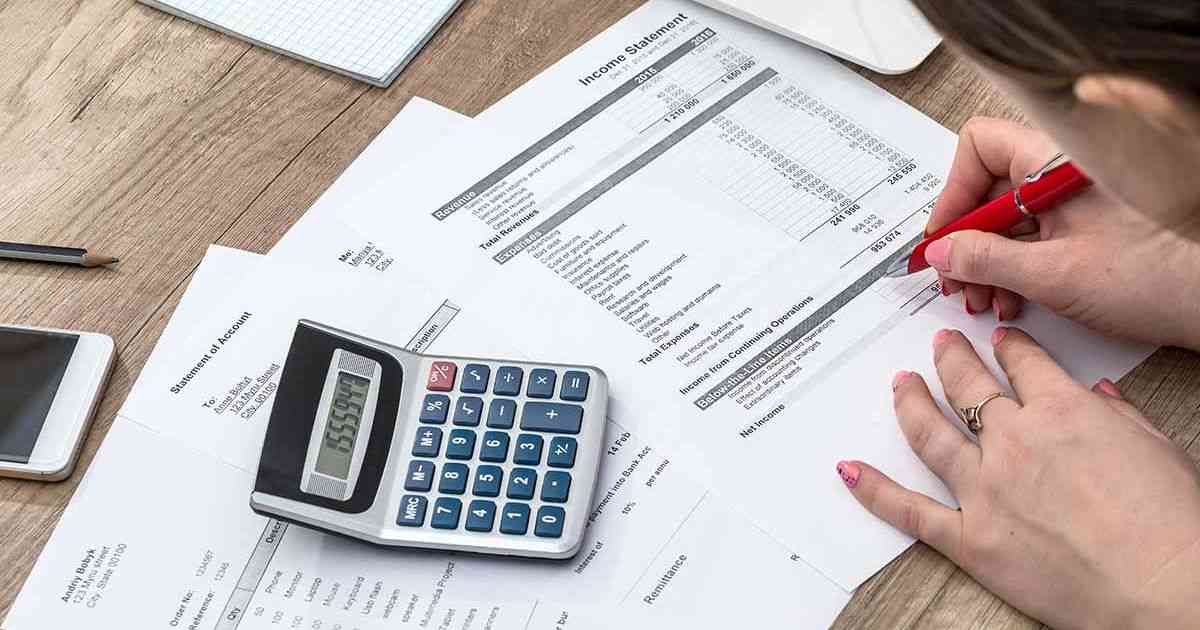
The world’s transition to clean energy is gathering speed. But will it produce a kind of clean energy realpolitik, with countries vying for advantage, or a more utopian future that reduces conflict?
By Leslie Hook and Henry Sanderson
While the world was locked down by coronavirus last year, Andrew “Twiggy” Forrest, chairman of Fortescue Metals Group, was on the move. The billionaire mining magnate and his entourage toured 47 countries over five months, managing to convince some of them to open their borders to the delegation despite the pandemic.
But Forrest wasn’t searching for mineral deposits — he was on the hunt for clean energy. From Kyrgyzstan to Korea to Bhutan, the group was scouting out the best sites for hydropower and geothermal energy. The advantage of travelling during a pandemic, Forrest explains, is that government officials have much more free time. (He did, however, contract Covid-19 en route, necessitating an emergency medical stop in Switzerland.)
When Forrest returned, fully recovered, to Australia, he declared Fortescue, a miner of iron ore, was going all-in on green hydrogen. He believes the market could be worth as much as $12 trillion by 2050. “The journey to replace fossil fuels with green energy has been moving at glacial speed for decades — but is now violently on the move,” he said in a TV lecture series.
Over the phone, he is even blunter. “You’ll see change everywhere . . . In 15 years’ time, the world energy scene will look nothing like what it does now,” he says. “Any country which does not take green energy very seriously, but clings to polluting energy, will eventually get left behind.”
While many are cynical about the environmental conversion of a man who has made a fortune selling iron ore, Forrest is part of a trend. As climate concerns increase, the world is getting behind the energy transition — even in the most unlikely quarters. “We just can’t keep doing things the way we have always done them, otherwise our planet is going to be toast,” he says. He admits that his record in this respect is not exactly blameless: Fortescue’s carbon footprint is two million tonnes of CO2 per year, about as much as a small island state.
Australia itself has long been a climate laggard and a major coal exporter, but as China and other big customers plan to cut their emissions, taking their business with them, that may be changing. Dozens of the world’s biggest economies have adopted targets for net-zero emissions of greenhouse gases by 2050. And 189 countries have joined the 2015 Paris climate accord, which aims to limit global warming to well below 2 Centigrade (3.6 Fahrenheit). In a race to curb climate change, countries are rushing to cut fossil fuels, boost clean energy—and transform their economies in the process.
- Chamisa under fire over US$120K donation
- Mavhunga puts DeMbare into Chibuku quarterfinals
- Pension funds bet on Cabora Bassa oilfields
- Councils defy govt fire tender directive
Keep Reading
But as the energy system changes, so will energy politics. For most of the past century, geopolitical power was intimately connected to fossil fuels. The fear of an oil embargo or a gas shortage was enough to forge alliances or start wars, and access to oil deposits conferred great wealth. In the world of clean energy, a new set of winners and losers will emerge. Some see it as a clean energy “space race”. Countries or regions that master clean technology, export green energy or import less fossil fuel stand to gain from the new system, while those that rely on exporting fossil fuels such as the Middle East or Russia — could see their power decline.
Olafur Ragnar Grimsson, the former president of Iceland and chair of the Global Commission on the Geopolitics of Energy Transformation, says that the clean energy transition will birth a new type of politics. The shift is happening “faster, and in a more comprehensive way, than anyone expected”, he says. “As fossil fuels gradually go out of the energy system. . . the old geopolitical model of power centres that dominate relations between states also goes out the window. Gradually the power of those states that were big players in the world of the fossil-fuel economies, or big corporates like the oil companies, will fritter away.”
In Australia, a growing lobby is pushing for the country to become a “renewable superpower” thanks to its abundant wind and solar resources. Forrest is an investor in a project called the Sun Cable, which hopes to lay an electric cable all the way to Singapore. He believes the country’s future is at stake. “The impact on the Australian economy, if we get this right, could be nothing short of nation-building,” he says.
New power structures will emerge along with the transition. “The [old] levers of control, a lot of them will dissipate and simply cease to exist,” says Thijs Van de Graaf, associate professor at Ghent University and lead author of an influential 2019 report from the International Renewable Energy Agency (Irena). “This is a completely new constellation, so we cannot think just like the old days,” he adds. “There is a new class of energy exporters that may emerge on the global scene.”
When it comes to exporting clean electricity, countries such as Norway, Bhutan and France are already far ahead. In a few months’ time, Norway and the UK will finish constructing the world’s longest subsea electricity cable, the North Sea Link. The Norwegian side of the cable runs through snow-capped mountains and a deep lake, then travels underwater for more than 720km, across the North Sea, until it reaches the UK. The highly specialised cable is also manufactured in Norway, in a factory located next to a fjord, so that it can be easily loaded onto ships and taken out to sea for installation. The North Sea Link will be Norway’s seventh subsea interconnector, allowing the country to export its abundant hydropower to its neighbours.
At its most basic, the new energy transition is a shift from oil and gas to electricity, says Auke Lont, chief executive of Statnett, Norway’s state grid company. “Electrification will be the answer to climate change, to put it at a very general level,” he explains. “The reason is that we now have access to very cheap electricity, and we see that cheap electricity can serve our energy needs in the future.” Whether in trucks or cars or home heating, the use of electricity is already surging. It provides about 20% of energy today, and will have to rise to 50% by 2050, if countries are to meet their climate commitments, according to the International Renewable Energy Agency.
“Our world order has been based on oil,” says Lont. That is changing: “As we go from carbon [fossil fuels] to electrons, we will have a world order where the electron is more important than the carbon.”
A new energy system, painful for some
The question of which countries will end up ahead is still subject to debate. But there is broad consensus that change is happening. Pascal Lamy, former head of the World Trade Organisation, compares the global shift from one energy system to another with the advent of the industrial revolution. “There is an inflection taking place,” he says, from behind the frames of his red glasses in a video interview. “If you compare the world today to the world 18 months ago, the big difference is that only 25% of the world had a decarbonisation horizon. Today, 75% of the world economy has a decarbonisation horizon. This is a major shift.”
The coronavirus pandemic has accelerated the trend. Last year, new renewable power hit a record 200 gigawatts, while the rest of the energy sector shrank. Amid the recession triggered by the pandemic, demand for oil fell 8.8% and demand for coal 5%, compared to the year before, according to the International Energy Agency, the Paris-based oil watchdog. Clean energy was the only part of the energy sector that had growth in 2020. The pace and scale of the transition to renewables have already shot past the most optimistic projections.
The IEA expects that renewables will soon pass coal as the biggest source of power generation. “We can say that renewables were immune to Covid. Both solar and wind saw significant increases [last year],” Fatih Birol, head of the IEA, said at a press conference in January. “Our numbers show that renewables are set to become the largest source of generation by 2025, overtaking coal—and ending the fossil-fuel domination of the last decades.”
That’s a grim thought for regions such as the Middle East that rely on oil and gas exports for revenue. Countries that have the most to lose are already pushing back. At the annual UN climate talks, Saudi Arabia and Russia routinely play a disruptive role. (Saudi Arabia wants to have it both ways: a big plan to expand its solar power while continuing to produce oil and gas.) Meanwhile, Poland, a coal producer, dragged its feet for months before reluctantly agreeing to the EU’s net-zero emissions target. In a world disrupted by coronavirus, fossil-fuel-producing countries fear further job losses.
The transition will also be painful for energy companies that produce oil and gas. But even they acknowledge that it is picking up pace. In a statement that would have once been unthinkable, BP recently said peak oil may have already occurred in 2019.
Ben van Beurden, Shell’s chief executive, says electricity will become a mainstay of its business. “The fundamentals of how we win in power are going to be really different from how you win in resources extraction,” he says. “In oil and gas, you need an asset base. It is about having the best rocks, the lowest cost of production.” That equation is turned on its head in the power sector, when the electricity from one solar farm is just as good as the next.
There are other differences, too: Unlike gas pipelines, electricity trading can go in both directions. Renewable power is also more dispersed, rather than concentrated in a few locations like fossil fuels. “When we talk about wind, solar, biomass, hydropower, ocean energy, geothermal—they are actually available in one form or another in most countries,” says Van de Graaf. For places such as Morocco, which imports more than 80% of its energy but also has abundant solar resources, the transition could be an economic gift.
— The Financial Times
*Extracted from Inside Climate News











